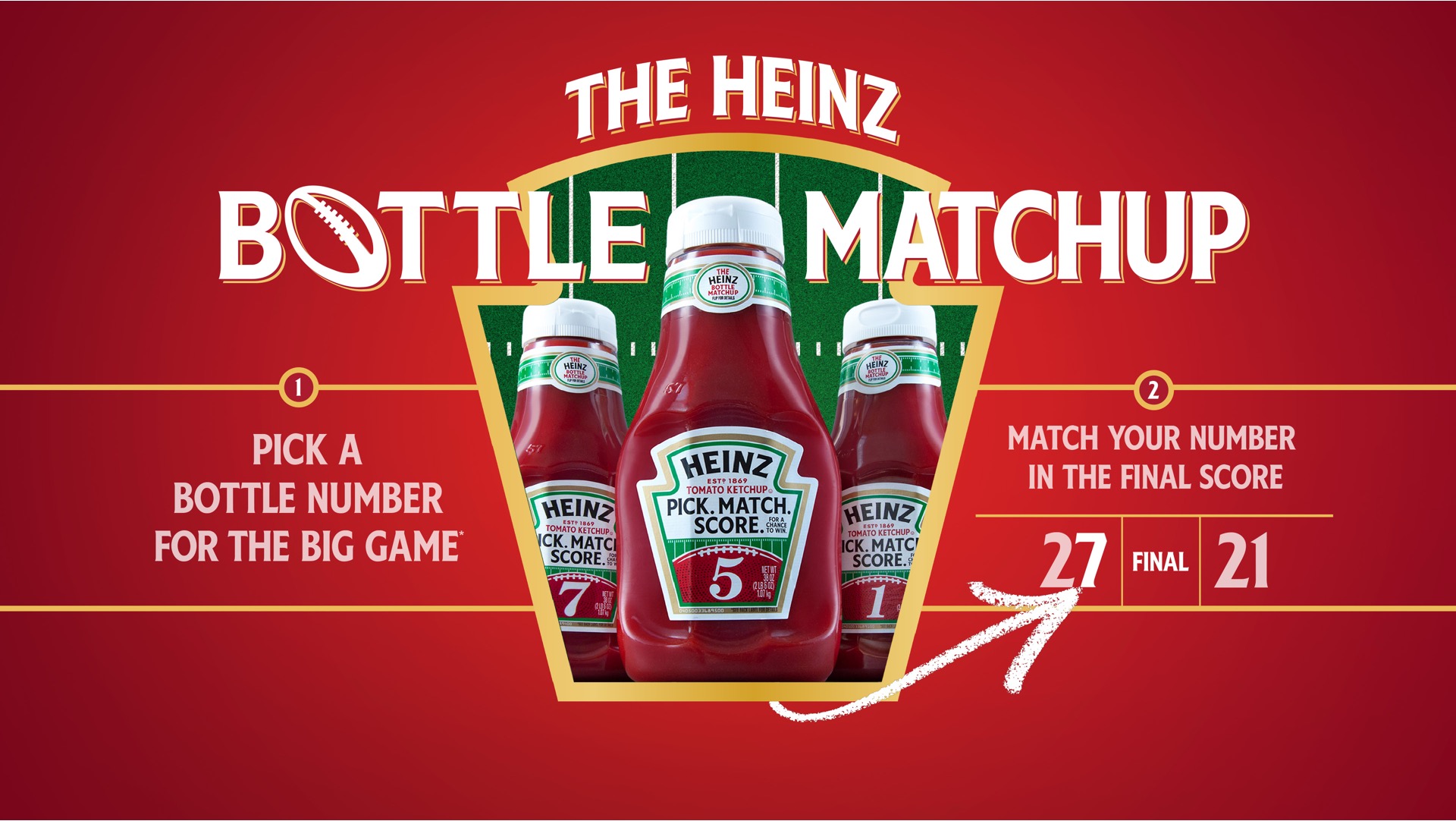Introduction
blue ketchup has been a beloved condiment for decades, gracing tables around the world in its classic red form. But when a new, unconventional twist hit the market, it sparked widespread curiosity, debate, and surprise. Ketchup fans were used to their sauces in shades of red, and this colorful shift posed a question: would people embrace a condiment in such an unusual hue?
In this article, we dive into the story of blue ketchup from its origins to the science behind its unique color, and how it has influenced the food industry. Whether it’s a fun novelty for some or a peculiar oddity for others, has undeniably left its mark on food culture.
The Birth of Blue Ketchup

Traditionally, ketchup is bright red, thanks to the tomatoes that form its base. The idea of changing its color seems simple, but the concept of blue ketchup was truly radical when it was introduced. So how did it come about? Companies saw an opportunity to appeal to children and younger audiences by breaking the mold and introducing something visually unique. The notion was that color could drive interest and appeal by making the familiar condiment feel fun and fresh.
One of the most notable companies to launch blue ketchup was Heinz, which introduced it in the early 2000s as part of their “EZ Squirt” line. Heinz not only rolled out blue but also purple, green, and other colorful variations to create a new type of consumer experience. The hope was to entice kids and families to experiment with their food, leading to an early wave of colored condiments.
The Science Behind Blue Ketchup
The creation of blue ketchup wasn’t as simple as adding a dash of food coloring. Manufacturers had to ensure that the condiment retained its usual flavor while taking on an entirely new hue. Achieving a stable, appetizing blue color required testing both natural and artificial dyes. Ultimately, many companies opted for artificial dyes, as achieving a vivid, stable blue through natural means was difficult and costly.
Food dyes, particularly FD&C blue ketchup, were commonly used to create a consistent and vibrant blue that would appeal to consumers without altering the taste. As with all food dyes, these went through stringent testing to meet food safety standards. While food dyes are generally considered safe in moderation, they sparked some controversy, as many consumers remain wary of artificial additives. Despite this, blue ketchup went through extensive quality control to ensure that it met safety regulations.
Initial Public Reaction to Blue Ketchup
When blue ketchup first hit store shelves, reactions ranged from excitement to confusion. Some consumers, especially kids, were thrilled by the novelty of colorful condiments. Advertising campaigns showcased children happily squeezing bright ketchup onto their food, and families lined up to try the new colors. Social media and online forums buzzed with discussions, and it didn’t take long for blue ketchup to gain viral popularity.
However, not all reactions were positive. Many adults found the blue color to be off-putting, as blue is not a common color in nature’s food palette. Ketchup in bright blue made some diners question if it would still taste like the familiar red condiment they loved, and others found it visually unappealing. Yet, the initial reactions fueled curiosity, and blue ketchup became a memorable, if polarizing, product.
The Psychological Impact of Blue Food
Color plays a significant role in how people blue ketchup perceive food. Research shows that color can influence taste perception and appetite, often in surprising ways. Blue, in particular, is rare in natural foods, leading people to associate it with artificiality or even a lack of freshness. This aversion can make people skeptical when they see blue foods, as their brains are wired to associate bright blues with non-food items.
For blue ketchup, this effect was both a challenge and an advantage. Children, who are often more receptive to novelty, embraced the blue color, while adults hesitated. Some studies suggest that the visual difference in color might even alter the perceived taste of blue ketchup, though the recipe remained identical to red ketchup. This phenomenon highlights the powerful impact of color psychology on food consumption.
